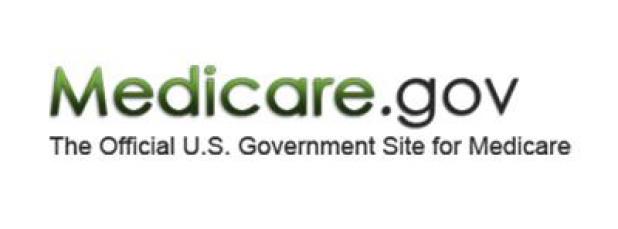
Wondering when to apply for Medicare?
Are you getting close to retirement age and wondering when to apply for Medicare?
Medicare is health insurance for people 65 or older, certain people under 65 with disabilities, and people of any age with End-Stage Renal Disease. Learn how to get started with Medicare if you have a disability or if you have ESRD.
Your first chance to get Medicare usually starts 3 months before turning 65 and ends 3 months after turning 65.
Medicare enroll is at certain times, and the cost can go up the longer you wait to sign up.
Here is a list of things that should be done from the Medicare.gov website.
Get started with Medicare
As you get started with Medicare, there is a choice in how you get your Medicare coverage. And, there are some important decisions to make. Follow these 3 steps to help get started:
1. Sign up for Medicare through Social Security
If you’re over 65 (or turning 65 in the next 3 months) and not already getting benefits from Social Security, you need to sign up to get Medicare Part A (hospital insurance) and Part B (medical insurance). You won’t get Medicare automatically.
Note: Sign up for Medicare online or contact Social Security. Social Security will review your records to see if you qualify for Medicare.
If you already get benefits from Social Security, you’ll get Medicare Part A and Part B automatically when you’re first eligible and don’t need to sign up. Medicare will send you a “Welcome to Medicare” packet 3 months before you turn 65.
There will be other important deadlines and actions to take, so read all of the materials in the packet.
2. Choose your coverage
People get Medicare coverage in different ways. There will be lots of information to help you make a decision about how to get Medicare coverage:
—An official “Welcome to Medicare” packet with important information about your coverage options.
—Your official “Medicare & You” handbook once you’re enrolled and every year each fall.
—Mail from private insurance companies, agents and brokers, marketing the Medicare plans they offer.
There are two main ways to get Medicare coverage:
Original Medicare — This includes Part A and Part B. You can use any doctor or hospital that takes Medicare, anywhere in the U.S.
If you want drug coverage, you can join a separate Medicare Prescription Drug Plan (Part D).
To help pay out-of-pocket costs in Original Medicare (like your 20% coinsurance), you can also shop for and buy supplemental coverage like a Medicare Supplement Insurance (Medigap) policy.
If you don’t get Part D or a Medigap policy when you’re first eligible, you may have to pay more to get this coverage later. For Part D, this could mean a lifetime premium penalty.
Medicare Advantage — An “all in one” alternative to Original Medicare. These “bundled” plans include Part A, Part B and usually Part D. Most plans offer extra benefits that Original Medicare doesn’t cover — like vision, hearing, dental and more.
Plans may have lower out-of-pocket costs than Original Medicare.
In most cases, you’ll need to use doctors who are in the plan’s network.
Note: Medicare Plan Finder can help you compare all of your options and find what best meets your needs.
3. Complete your “Year 1: Medicare Checklist”
During your first year with Medicare, go to Medicare.gov and out the Medicare Checklist to get the most out of your Medicare coverage and be prepared in case of emergency.
